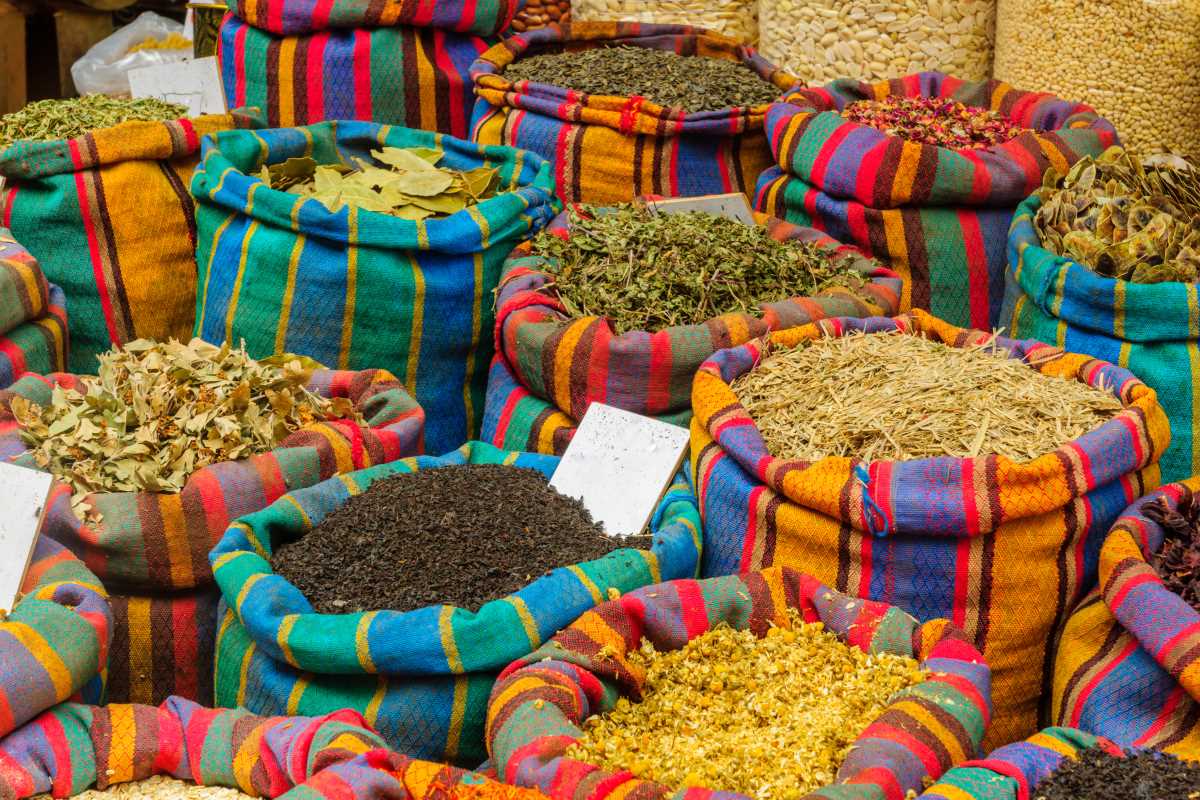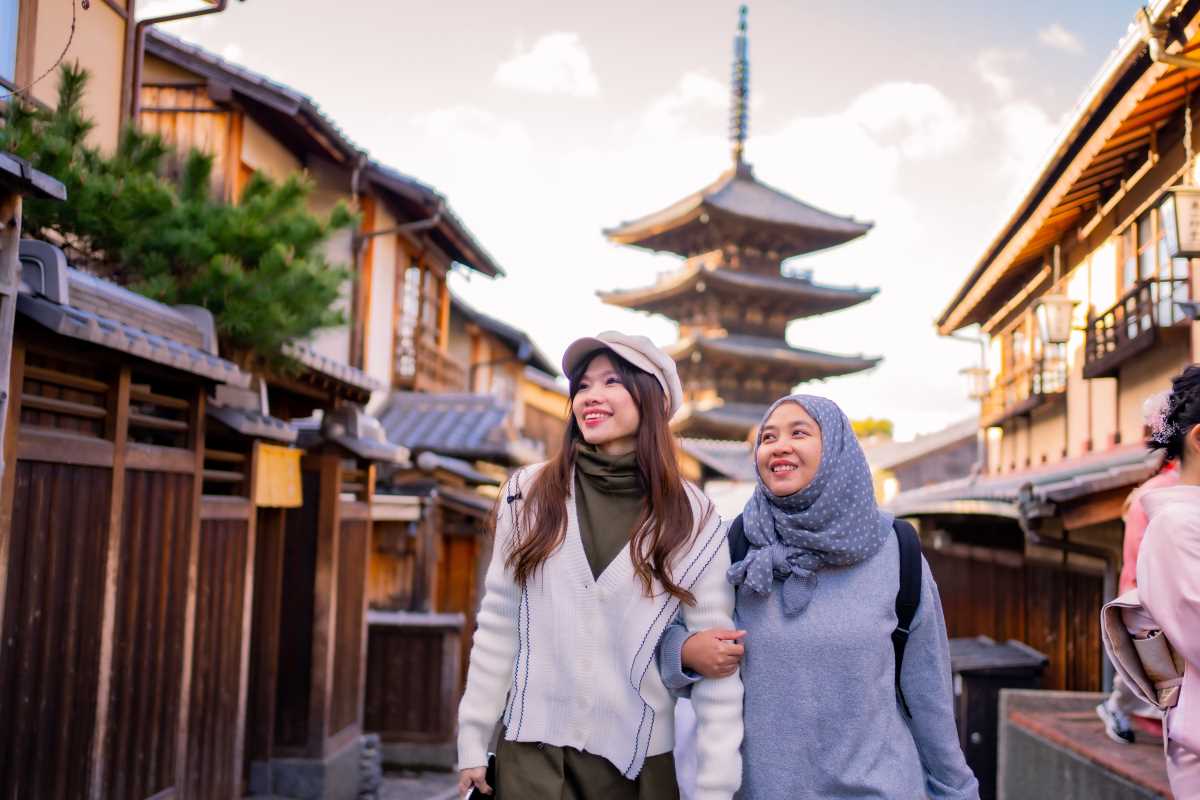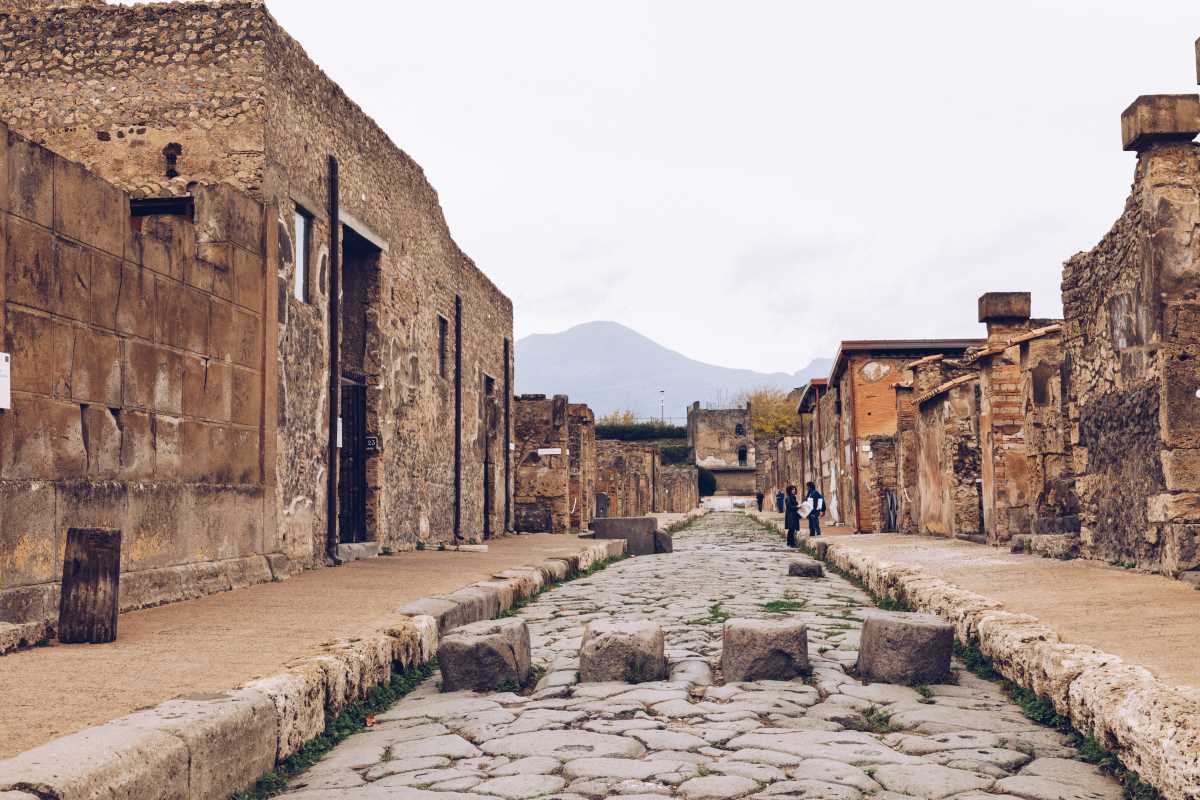Stalls brim with color and energy as spice markets fill narrow alleys and sunlit courtyards. Vendors display vivid piles of ground spices and whole pods, each one filling the air with inviting aromas that draw you in. Burlap sacks overflow with turmeric’s bold yellow and the deep scarlet of dried chilies, creating a tapestry of colors beneath the open sky. Lively greetings bounce from stall to stall, their echoes carrying along ancient stone walls. Each scent swirling through the air reveals something new, sharing stories of faraway fields, unique climates, and traditions passed down through generations.
You pause by a low wicker basket filled with cardamom pods that feel cool and camphor-like against your palm. A warm breeze carries the scent of smoky paprika from a nearby charcoal brazier. As you inhale, your senses awaken to layers of flavor before you even taste a single pinch. This journey through winding corridors of spice turns a simple purchase into an invitation to explore local culture one bite at a time.
Awaken Your Senses in Market Alleys
- Follow the scent: Move toward aromas that surprise you, whether nutty fenugreek or citrusy coriander. Let unfamiliar smells guide your path.
- Engage your fingertips: Gently rub a pinch of spice between thumb and forefinger to feel its texture—coarse grains indicate hand-crushing, while fine powders suggest machine processing.
- Observe the colors: Look for vivid reds, deep browns and pale yellows without uniform blending. Mottled hues mean the vendor harvests and dries by hand.
- Listen closely: Crisp crinkling of dried leaves or the dull thud of heavy papery pods tells you about moisture content. Fresher spices crack instead of bend.
- Notice vendor posture: Stallholders who lean forward to showcase samples usually build trust through tasting, which hints at quality.
Build Connections Through Spice
Exploring local spices in open markets opens pathways beyond flavor alone. Each mound of cumin or blend of chili arrives wrapped in hands-on traditions that travelers usually miss. In casual conversations over burlap sacks, you discover shared stories of family recipes, harvest rituals and local superstitions. You leave the usual tourist trail behind and immerse yourself in experiences shaped by generations of growers who live by the seasons.
As you sift through turmeric ribbons and ginger chunks, you sense connections to the soil that touches your own kitchen later on. That bright yellow powder carries the echo of sunlit fields, and every clove holds the warmth of hands that dried it under village eaves. This approach redefines purchases from mere shopping to genuine cultural exchange.
Sensorial Journeys Beyond the Bag
Picking authentic spices at open markets changes how you think about flavor at home. You become attuned to subtle differences between the smoky edge of a roadside chili stand and the floral whispers in a midday souk. Community dynamics emerge: you notice which stalls villagers patronize before dawn and follow their instincts. Armed with these insights, you craft recipes with ingredients that evoke those market moments long after you’ve returned.
Your cooking evolves as you recall the feeling of crushed cardamom seeds releasing gentle heat against your palm. Those memories guide you to measure by sight instead of scale. Later at home, you recreate dishes using these newly discovered sensory cues. You turn routines into sensory journeys that begin in bustling alleys halfway across the world.
Steps to Assess Spice Quality
- Rub Test – Purpose: Release essential oils for aroma evaluation.
- Steps:
- Pinch paprika between your fingertips.
- Rub evenly between thumb and finger.
- Smell the burst of scent.
- Availability: Free at most open stalls.
- Insider Tip: Ask for a tiny extra sample to test at home before buying large quantities.
- Steps:
- Color Comparison – Purpose: Spot unnatural dyes or fillers.
- Steps:
- Spread turmeric from two vendors on white parchment.
- Check for uniform sheen and shade.
- Discard samples that look glossy or unnaturally vibrant.
- Cost: Minimal—vendors often provide free samples.
- Insider Tip: Carry a plain paper fold to highlight subtle color shifts.
- Steps:
- Moisture Check – Purpose: Ensure dryness for mold prevention and shelf stability.
- Steps:
- Press a cinnamon stick between your fingers.
- Listen for a crisp snap (not a bend).
- Reject items that feel damp or flexible.
- Metric: Ideal moisture under 8%; rely on the snap test instead of tools.
- Insider Tip: Check undersides for dark spots indicating over-drying.
- Steps:
- Grind Sampling – Purpose: Evaluate consistency and fillers in ground blends.
- Steps:
- Request fresh grinding with a manual mill.
- Observe uniform particle size.
- Smell the sample immediately.
- Availability: Most stalls have manual mills.
- Insider Tip: Ask for a second grind to ensure no leftovers contaminate the sample.
- Steps:
- Vendor Interaction – Purpose: Verify spice origins and harvest methods.
- Steps:
- Ask about the specific harvesting region.
- Request details on drying and storage.
- Note if they mention hand-sorting or sun-drying.
- Cost: Free.
- Insider Tip: Respectful curiosity often encourages vendors to share detailed stories.
- Steps:
Techniques for Negotiating Quantities
- Visual Scaling – Purpose: Secure accurate amounts without scales.
- Steps:
- Observe standard scoops used by the vendor.
- Ask if those scoops equal ~100 grams.
- Count scoops as they fill your bag.
- Availability: Common across markets.
- Insider Tip: Carry a transparent pouch for quick visual comparison.
- Steps:
- Bundle Offers – Purpose: Lower cost per unit when buying several varieties.
- Steps:
- Select three complementary spices.
- Propose a bundled price slightly below total individual costs.
- Watch how the vendor adjusts measurements to meet your request.
- Metric: Aim for ~10% discount.
- Insider Tip: Suggest pairings tied to local recipes for better reception.
- Steps:
- Partial Purchase – Purpose: Test quality and vendor reliability.
- Steps:
- Buy 50 grams first instead of a large quantity.
- Taste or test at home.
- Return for more if satisfied.
- Cost: Low initial spend, just a few dollars.
- Insider Tip: Mention future recommendations to encourage goodwill.
- Steps:
- Time-Based Bargain – Purpose: Get discounts on remaining stock.
- Steps:
- Arrive ~1 hour before market closing.
- Identify stalls with unsold stock.
- Ask for a closing-time deal.
- Availability: Works best in small markets.
- Insider Tip: Approach vendors casually and respectfully near closing.
- Steps:
- Group Bargaining – Purpose: Save costs by combining purchases.
- Steps:
- Team up with others interested in the same spices.
- Propose ordering together.
- Ask about bulk rates for combined orders.
- Metric: Groups of 4 often save 15–20% per unit.
- Insider Tip: Agree on exact shares beforehand to avoid confusion later.
- Steps:
Exploring spice markets lets you bring home souvenirs rich with texture, story, and flavor. These spices fill your kitchen with new aromas, enhancing both your cooking and your memories of travel.







